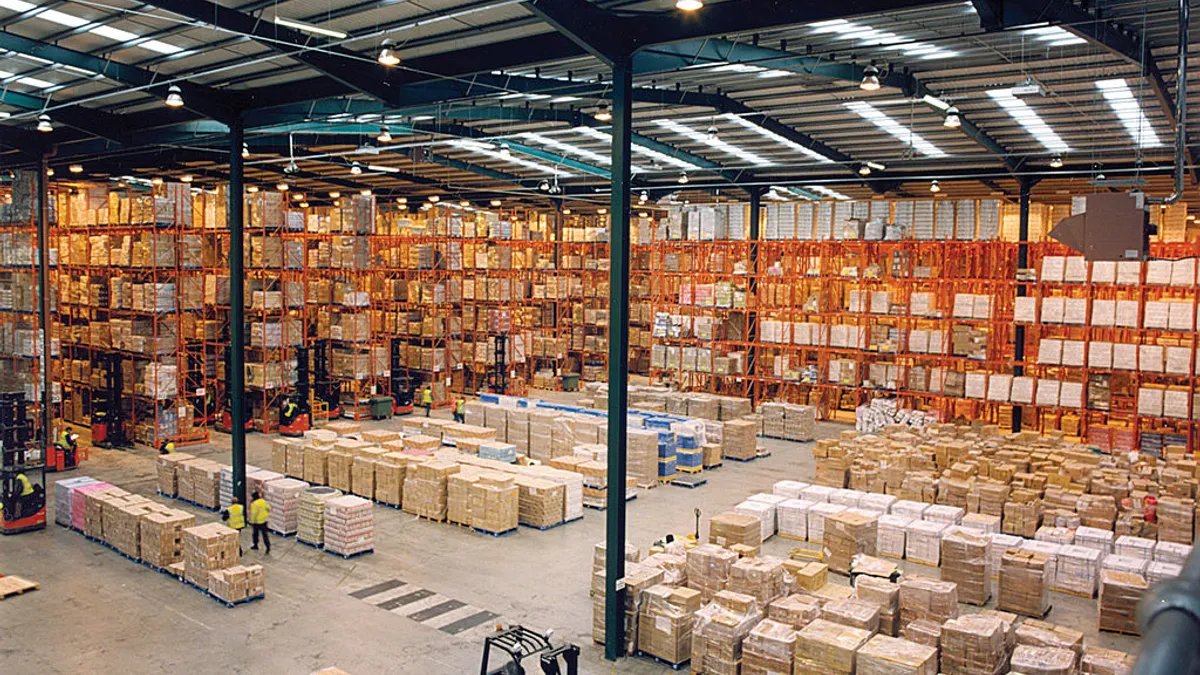Dive Brief:
- GS1 US, the nonprofit data standards organization, has released updated guidelines to help companies throughout the supply chain share data more clearly and efficiently, according to Progressive Grocer.
- The guidelines, which update the GDSN Retail Grocery Attribute Interactive Spreadsheet Tool, provide new definitions, classifications and real-world examples aimed at clarifying GS1 standards for grocery retailers in the e-commerce age.
- "By leveraging GDSN as one source of the truth, [companies] can more effectively fuel the online product listings and seamless ecommerce experiences that consumers have come to expect," said Angela Fernandez, VP of retail grocery and foodservice at GS1 US.
Dive Insight:
As food companies become more and more reliant on data to drive their operations, a common language for product traceability becomes all the more crucial. GS1 US, part of the global GS1 network, provides the product codes, data storage and sharing platforms that allow companies to communicate with one another as they track products making their way through the supply chain.
Over the years, nonprofit GS1 US has frequently updated its standards and services to keep pace with the industry. It has improved tracking and labeling of fresh products like meat, eggs and produce, allowing companies to better manage their inventories. Food safety traceability in fresh and other categories has also been a major focus for GS1 US in recent years. By applying a common DNA across the supply chain, companies stand a better chance of tracing food contamination back to its source.
The new guidelines announced this week aim to clarify GDSN standards and offer further guidelines for grocery retailers as they enter the e-commerce space. With retailers now serving as shippers and, in many ways, product warehouses, added guidelines can help them bring these new steps in the supply chain up to code.
GS1 is incredibly complex, but it’s essential function is simple: To track where products are moving and when. It’s the language of the global supply chain and, most importantly for retailers, it’s the language of efficiency.










